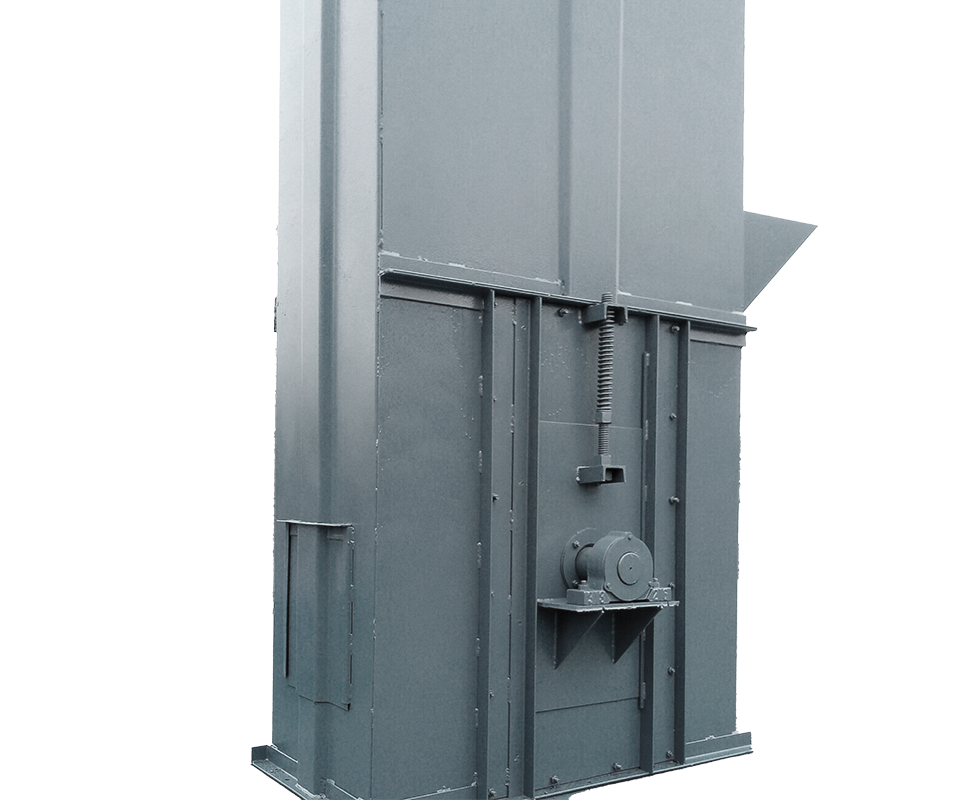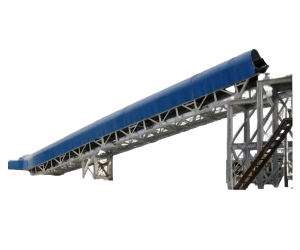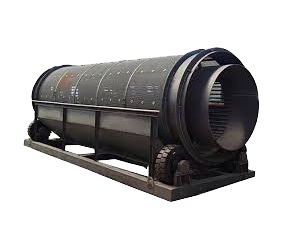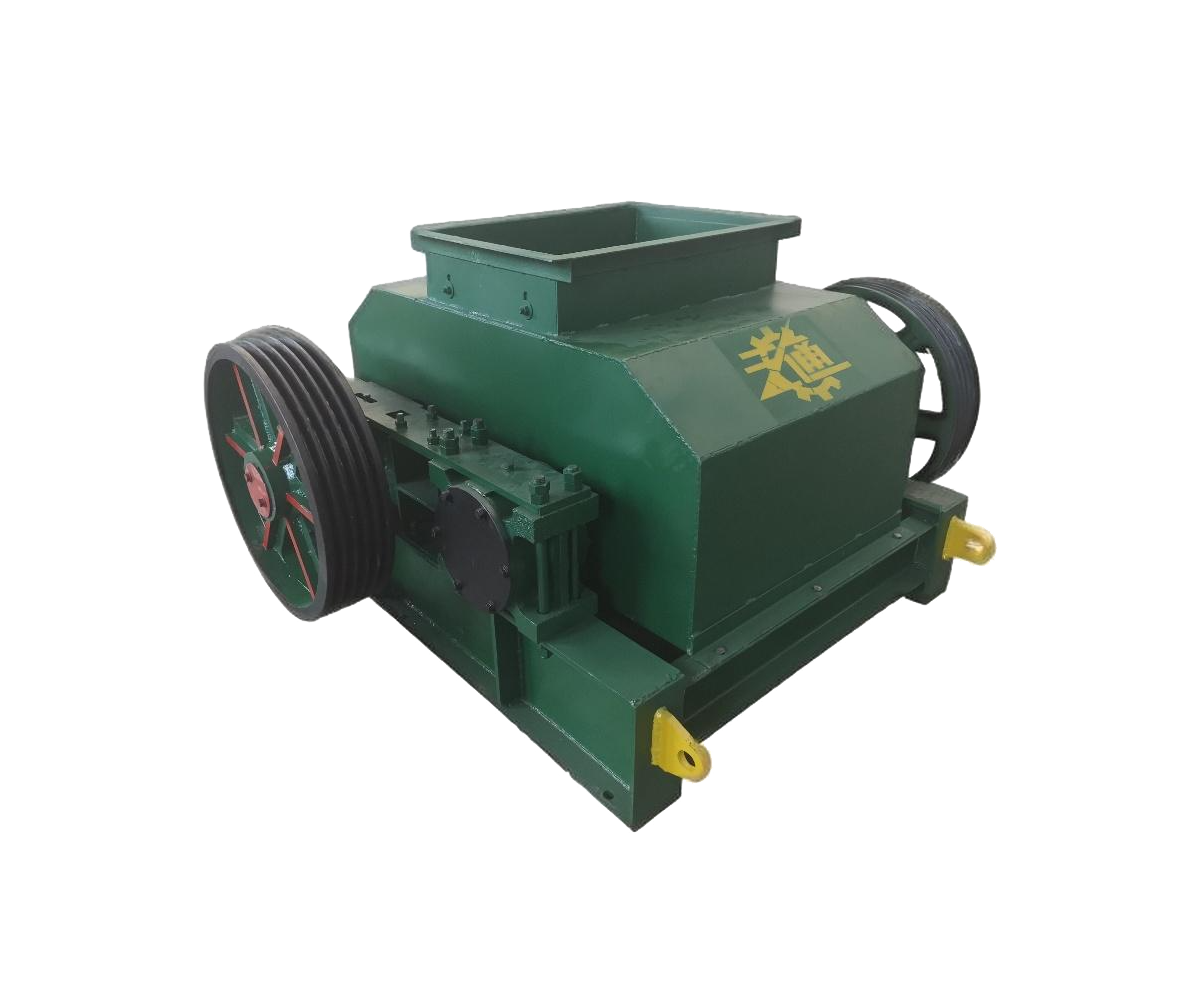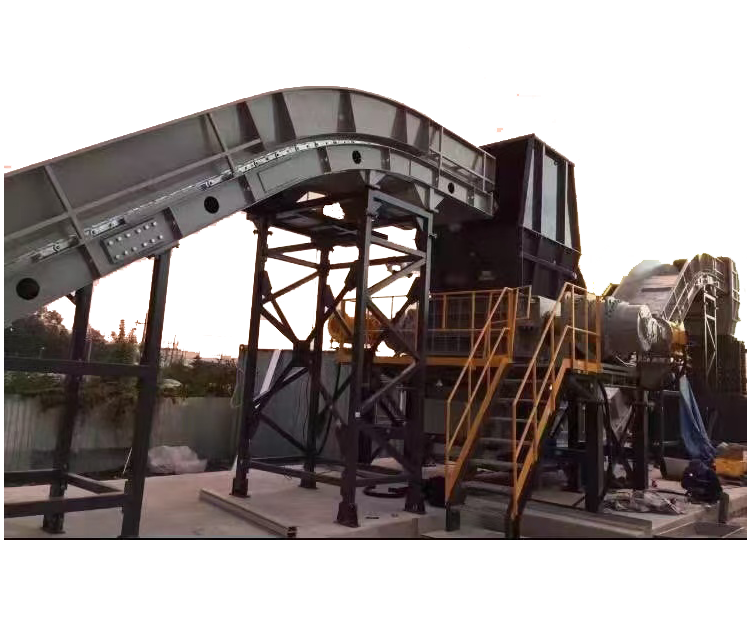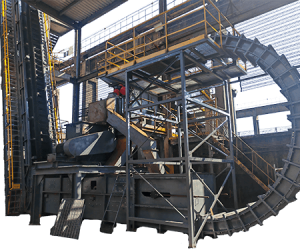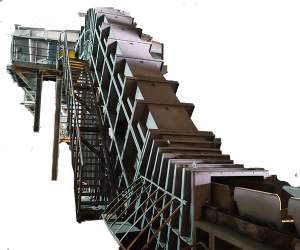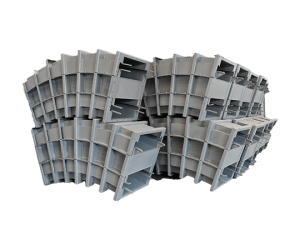Product Overview
The standard bucket elevator is a high-efficiency vertical conveying system designed for continuous bulk material handling in industries such as grain processing, cement production, chemical manufacturing, and mining. Built to comply with GB/T standards, it ensures reliable and low-maintenance operation for transporting powders, granules, and small-sized aggregates (≤50mm) at steep angles or vertically. Its enclosed structure minimizes dust emissions, making it suitable for hygienic or explosive environments with optional customization.
Key Features & Benefits
- Durable Construction
- Buckets: Fabricated from wear-resistant carbon steel, stainless steel, or polyethylene (food-grade).
- Belt/Chain: High-strength rubber belts or alloy steel chains for heavy-duty cycles.
- Casing: Sealed galvanized steel or stainless-steel housing with inspection windows.
- Optimized Performance
- High Capacity: Vertical throughput up to 500 m³/h (material-dependent).
- Energy Efficiency: Tailored drive power minimizes operational costs.
- Low Spillage: Precision bucket spacing and belt tensioning ensure minimal material loss.
- Safety & Compliance
- Anti-static belts, explosion-proof motors, and flame-retardant materials available for hazardous zones.
- Compliant with GB/T 37519-2019 for assembly, weld quality, and surface treatment.
Technical Parameters
- General Specifications
| Parameter |
Specification Range |
| Material Handling |
Grains, cement, coal, fertilizers, etc. |
| Particle Size |
≤50 mm (customizable for finer materials) |
| Lifting Height |
10–30 m (standard); up to 50 m (custom) |
| Operating Temp. |
-20°C to +120°C (material-dependent) |
| Capacity |
10–500 m³/h (adjustable via speed/bucket size) |
- Mechanical Design
| Component |
Specification |
| Nominal Bucket Width |
100–1000 mm (per GB/T 37519-2019 Table 1) |
| Belt Speed |
1.0–3.5 m/s (variable frequency drive) |
| Drive Power |
3–75 kW (calculated per lifting height) |
| Bucket Spacing |
200–500 mm (optimized for material flow) |
| Casing Thickness |
3–8 mm (carbon steel); 2–5 mm (stainless) |
- Material Options
- Buckets: Carbon steel (Q235B), SS304/SS316, or UHMW-PE.
- Belt/Chain: Rubber, PVC, steel cord belt, or forged alloy chains.
- Bearings: Self-aligning roller bearings with dust-proof seals.
Performance Standards
- Capacity Calculation: Based on bucket volume, belt speed, and material density (refer to GB/T 37519-2019).
- Durability Testing: Buckets withstand ≥10,000 cycles without deformation; belts/chains tested for 5,000-hour lifespan.
- Noise Level: ≤75 dB(A) at 1 m distance under full load.
Typical Applications
- Grain Silos: Vertical transport of wheat, rice, corn.
- Cement Plants: Clinker, limestone, gypsum conveying.
- Chemical Industry: Fertilizers, resins, plastic pellets.
- Recycling: Biomass, wood chips, industrial waste.
Advantages Over Competitors
- Standardized Modularity: Interchangeable buckets and belts reduce downtime.
- Adaptability: Configurable for abrasive, hygroscopic, or fragile materials.
- Smart Control: IoT-enabled sensors for real-time monitoring of load, speed, and wear.
Ordering Information
Specify material type, lifting height, capacity, and environmental conditions (e.g., temperature, moisture, explosion risk). Custom coatings, bucket designs, and drive configurations available.
Note: Technical parameters may vary slightly based on material characteristics and operational requirements. Consult our engineering team for project-specific solutions.
